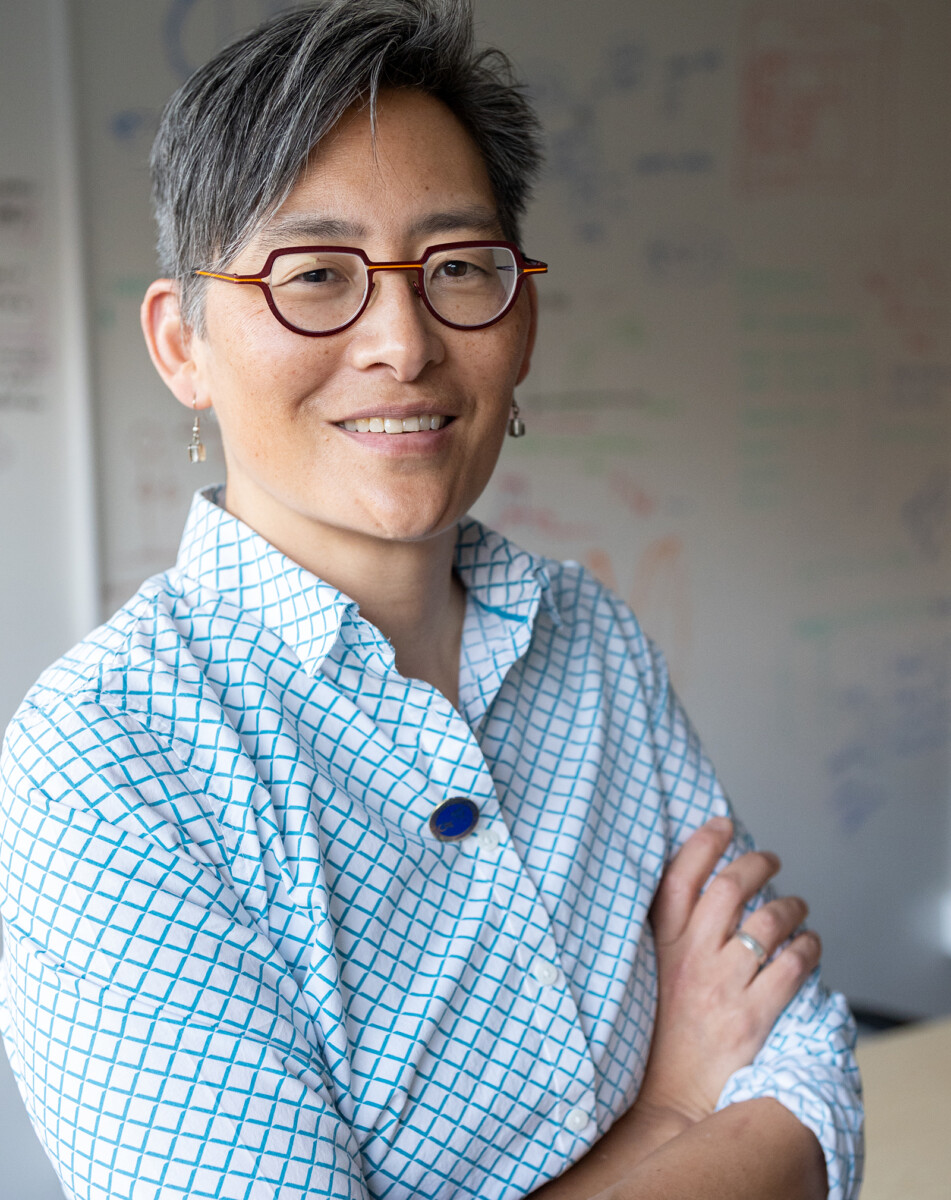McCamish Foundation Distinguished Chaired Professor
Wallace H. Coulter Dept. of Biomedical Engineering Emory University and Georgia Institute of Technology
Professor
Department of Rehabilitation Medicine
Division of Physical Therapy
Co-Director
Georgia Tech Neural Engineering Center
Training Faculty
Emory Neuroscience Graduate Program
Georgia Tech Mechanical Engineering, Robotics, Bioengineering, Electrical and Computer Engineering, and Applied Physiology PhD Programs
Education
- BS, Mechanical Engineering, University of California, Berkeley, 1990
- MSE, Biomechanical Engineering, Stanford University, 1993
- PhD, Mechanical Engineering, Stanford University, 1998
- Postdoctoral , Electrophysiology, Université de Paris V, 1998
- Postdoctoral, Neurophysiology, Oregon Health and Sciences University, 1999-2002
Research
My research in neuromechanics seeks to understand how movement intention is translated to action through the complex interplay between the nervous system and the musculoskeletal system. Our basic science findings have facilitated advances in understanding movement disorders and in identifying mechanisms of rehabilitation. We focus on complex, whole body human movements such as bipedal walking, standing balance, which have strong clinical relevance, as well as skilled movements involved in dance and sport. By drawing from neuroscience, biomechanics, rehabilitation, robotics, and physiology we have discovered exciting new principles of human movement. Using computational and experimental methods, we have been able to take electrical neuromotor signals from the body and link changes in neural sensorimotor mechanisms to functional biomechanical outputs during movement. Our novel framework is being used by researchers across the world to understand both normal and impaired movement control in humans as well as animals as well as to develop better robotic devices.
To understand the neural basis of the movements we measure, we are recording brain activity during balance control to see how neural mechanism controlling movement change with impairment and rehabilitation. We are also developing a new foundational understanding and computer simulations of how muscle proprioceptive sensors provide information to the brain and nervous system for movement that have translational impact in informing the mechanisms underlying impairments spasticity in cerebral palsy,, and other balance disorders in stroke survivors and older adults, both with and without Parkinson’s disease.
Contacts
- Office: Emory Rehabilitation Hospital, Suite R225
- Phone: 404-727-2744 Fax: 404-725-9873
- Email: lting [at] emory [dot] edu

